摘要 近年来,城市化发展的需要使得我国不少城市开始或计划兴建大型生活垃圾焚烧厂。但是由于目前投产的城市生活垃圾焚烧厂很少,因此国内有关焚烧灰渣资源化利用的研究和工程实例不多。本文以国外城市生活垃圾焚烧灰渣资源化利用现状为基础,讨论了灰渣利用的主要途径:① 石油沥青路面的替代骨料;② 水泥/混凝土的替代骨料;③ 填埋场覆盖材料;④ 路堤、路基等的填充材料。已有的工程实践证明,只要控制处理得当,这些灰渣资源化利用可以不对人类健康和环境产生不利的影响。此外,本文也对灰渣资源化利用在环境标准和工程性质要求方面的规定及其采取的处理方法作了简单的介绍。本文提出,底灰经预处理后资源化利用,而飞灰经稳定化处理后填埋,是今后比较适合我国国情的灰渣管理策略。
关键词 城市生活垃圾 焚烧灰渣 底灰 飞灰 资源化利用
Beneficial Uses of Municipal Waste Combustion Ash
Zhanghua* , He Pinjing*.
Institute of Solid Wastes Treatment & Reclamation, School of Environmental Science & Engineering, Tongji University, 200092 Shanghai
Abstract Incineration is an effective way for a big city to dispose of its substantial municipal solid waste. And more than 20% of the waste (by weight) will retain in combustion ash, thus producing a great amount of ash. How to deal with the ash is of great concern now in the world. In China, with the developing of urbanization and rapid increasing of municipal solid waste, many cities now are constructing or planning to construct large-scale municipal solid waste incinerators. However, due to lacking of state-of-the-art incinerator in China, researches or demonstration projects on combustion ash (including quality analysis, treatment, beneficial use and disposal) are absent so far. As a result, studies on the ash, which will be produced in the coming years, should be carried out. Based on the status quo of beneficial use of municipal waste combustion ash in some countries, the major ash uses are discussed in the paper, including aggregate substitute of asphalt pavement and concrete, landfill cover as well as fill materials of road base and embankment. Existing demonstration projects and experiments have showed that, as long as been well controlled, applications of beneficial use of bottom ash will not pose unacceptable hazard to human health and environments. Engineering and environmental requirements for ash utilization are also analyzed. A management strategy (beneficial use of bottom ash after pretreatment and landfill of fly ash after treatment) is proposed to solve ash problems that will occur in the near future in China.
Key words Municipal solid waste Municipal waste combustion ash Bottom ash Fly ash Beneficial use
为适应城市化发展需要和缓解日益增加的城市生活垃圾处置压力,近年来我国已有不少城市,如上海(至2002年底,上海将分别有两座大型生活垃圾焚烧厂开始运行投产)、常州等,开始或计划兴建大型生活垃圾焚烧厂[1]。焚烧可大大减少生活垃圾的量(减少90%左右的体积),但仍有20%~30%的质量留在了灰渣当中[2]。如此大量灰渣的产生,将给其处理处置带来困难。为节省日益紧张的填埋场地,降低灰渣的处理处置费用,焚烧灰渣的资源化利用将是比较符合中国实际的一个可行方法。但目前我国的生活垃圾焚烧厂较少[3],有关灰渣资源化利用的研究和实例不多,如何有效地利用这些即将产生的灰渣而又不至于对生态环境造成不利影响,是我们现在必须面对的问题。
1 概述
城市生活垃圾焚烧(MWC)灰渣根据其收集位置的不同,主要可分为底灰和飞灰。底灰一般包括炉排渣(grate ash)和炉排间掉落灰(grate siftings),有些焚烧厂也将锅炉灰与炉排渣混合收集并处理处置。底灰占了灰渣总量的80%左右(重量计)[4],主要由熔渣、黑色及有色金属、陶瓷碎片、玻璃和其它一些不可燃物质及未燃有机物组成。飞灰是指在烟气净化系统(APC)和热回收利用系统(如节热器、锅炉等)中收集而得的残余物,约占灰渣总量的20%左右,其中的APC飞灰包括烟灰(在焚烧室内产生并排出,在加入化学药剂前被去除的颗粒物,如布袋除尘室飞灰)、加入的化学药剂及化学反应产物,其物理和化学性质随焚烧厂烟气净化系统的类型不同而有所变化。
炉排渣的可浸出重金属(如Pb、Cd、和Hg等)和溶解盐的浓度在各种灰渣中基本上是最低的,其物理化学和工程性质与轻质的天然骨料相似[5];炉排间掉落灰的细颗粒含量高,因而元素Pb和Al的含量较高;锅炉灰的易挥发金属(如Cd、Zn)的含量有时会比较高;APC飞灰的溶解盐含量很高(40%~60%,重量计),可浸出重金属(Cd、Pb、Zn和Hg等)的浓度也比底灰要高[6] ,并且含有微量有机污染物(dioxin、呋喃等),因其所含的细颗粒较多,使之持水量高,易冻胀又难压实[5]。因此,在目前,不含炉排间掉落灰和锅炉灰的底灰被认为是最有利用价值的部分。
村民在家将垃圾分为4类后,垃圾被集中送到资源回收点。永康市端岩村书记俞海在资源回收点说,保洁员将可回收垃圾金属、纺织、玻...
[详细]
2021-08-04
中国环卫科技网






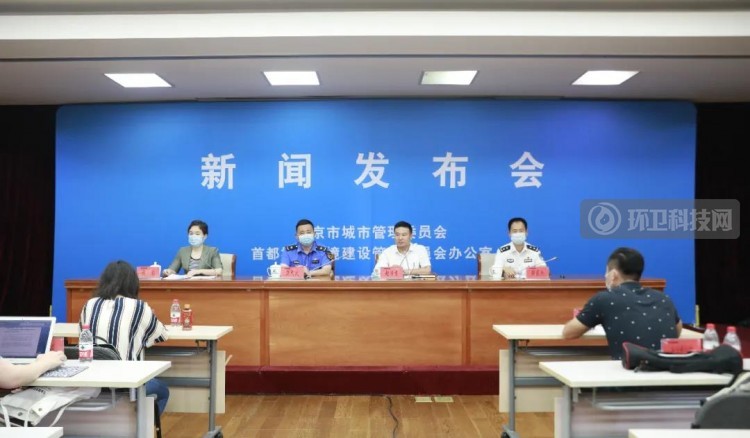
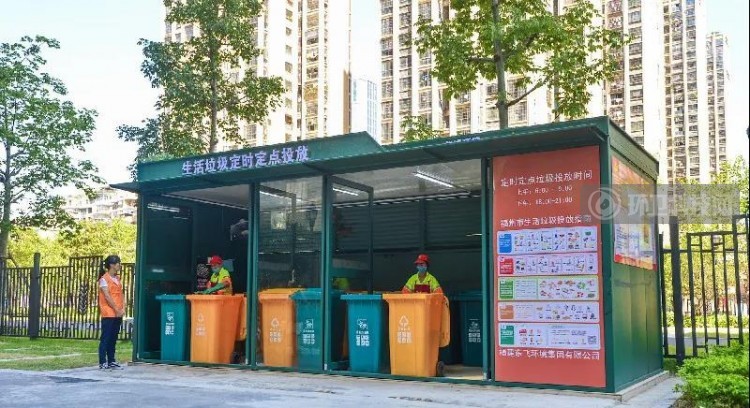


 盈峰环境排水抢险车赴
盈峰环境排水抢险车赴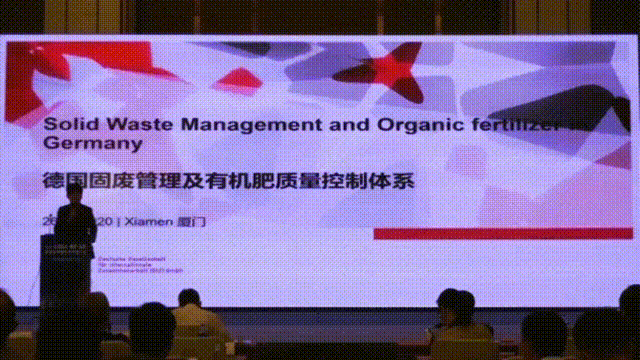 2020全国厨余(餐厨)
2020全国厨余(餐厨)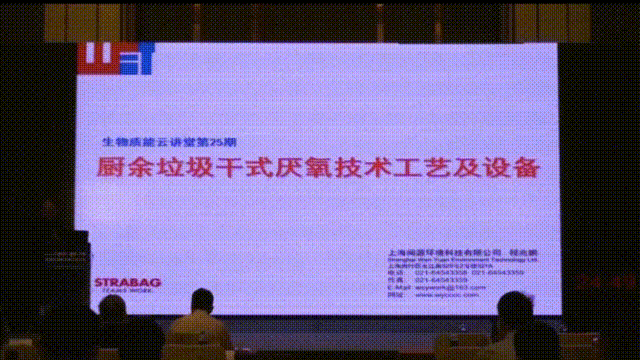 2020全国厨余(餐厨)
2020全国厨余(餐厨)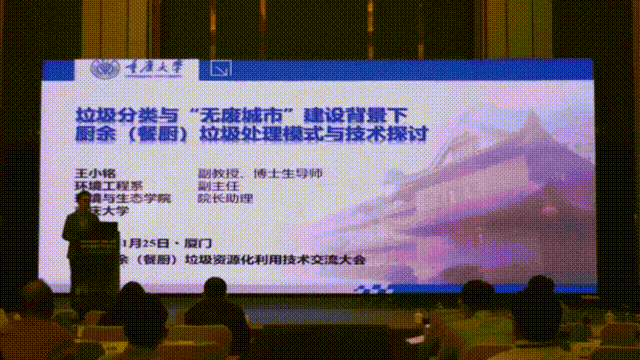 2020全国厨余(餐厨)
2020全国厨余(餐厨)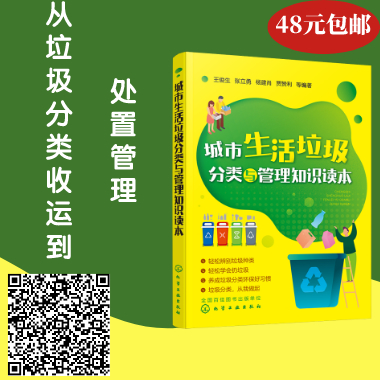
 环卫科技网公众号
环卫科技网公众号 环卫微学院公众号
环卫微学院公众号 乐分圈微信公众号
乐分圈微信公众号 厕重点微信公众号
厕重点微信公众号

